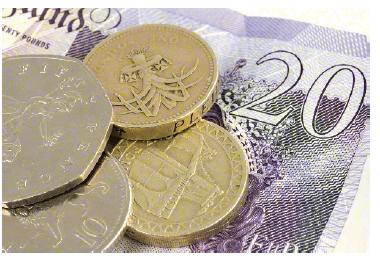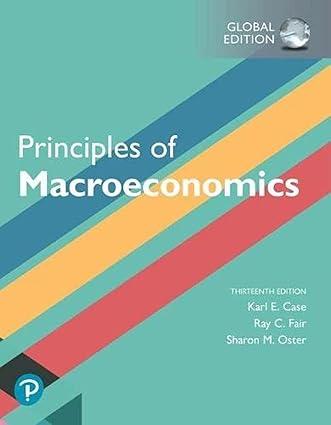Policymakers and economists depend on economic forecasting models to predict the duration and magnitude of changes in
Question:
Policymakers and economists depend on economic forecasting models to predict the duration and magnitude of changes in the business cycle. These models rely on a large set of measurable economics factors, known as leading indicators, to try and provide an estimate of the future performance of GDP growth, unemployment, and inflation over a one, two, or three-year horizon. These indicators include (a) output variables such as changes in the components of GDP, capital formation, industrial production, manufacturing new orders, new credit lines, and building permits; (b) unemployment claims, job additions, wages, and labor productivity indicators; and (c) indicators of future inflation such as housing prices and producer prices. Lately, stock prices and stock market indices are also being included in the list.
Does the intricacy of economic forecasting models lead to accurate forecasts? Unfortunately, no. Economists are often criticized for the unreliability of forecasting models in predicting recessions, even ones as severely damaging as the Great Depression in the 1930s and the financial crisis of 2008–2009. Some recessions are difficult to anticipate because of sudden and severe shocks and political crises, but in many cases economists are unable to read signs of an impending economic slowdown.
What are these models missing? A study by the Federal Reserve Bank of New York (FRBNY)1 compares the forecasting models used by two major central banks, the Fed and the European Central Bank (ECB), and concludes that the main shortcomings of their models are poor assumptions and misunderstanding of the asset market boom that preceded the meltdowns. The economists at the Fed failed to account for the overvaluation of house prices and the rapid growth of new forms of mortgage finance. Both central banks failed to allocate sufficient weight to the powerful spillover effects between the financial system and the real economy. Another serious flaw was the dependence on historical figures to forecast trends, which led to unreliable predictions.
A solution to account for multiple possibilities and assess each outcome is the behavioral economic model. This model takes into consideration consumer behavior and uses a scenario-driven approach, which generates a number of “what if?” scenarios that illustrate the sensitivity of economic aggregates to changes in economic conditions and macroeconomic policies. Since the two largest recessions in modern history originated in the financial sector, central banks have started using stress testing scenarios, which are “what if?” analysis to test the impact of shocks and various economic assumptions on the financial sector and the economy at large.
Finally, while forecasting is an inexact science because it depends, to a great extent, on events that cannot be foreseen, social conditions could be a good prediction of impending recessions. For example, studies in the United States and the United Kingdom reveal that lower levels of pregnancy and higher rates of divorce usually precede economic slowdowns. It might be worthwhile for economists and policymakers to pay attention to social trends to predict economic trends!

Questions
What other factors and indicators can be included to refine economic forecasting models?
Step by Step Answer:

Principles Of Macroeconomics
ISBN: 9781292303826
13th Global Edition
Authors: Karl E. Case,Ray C. Fair , Sharon E. Oster





